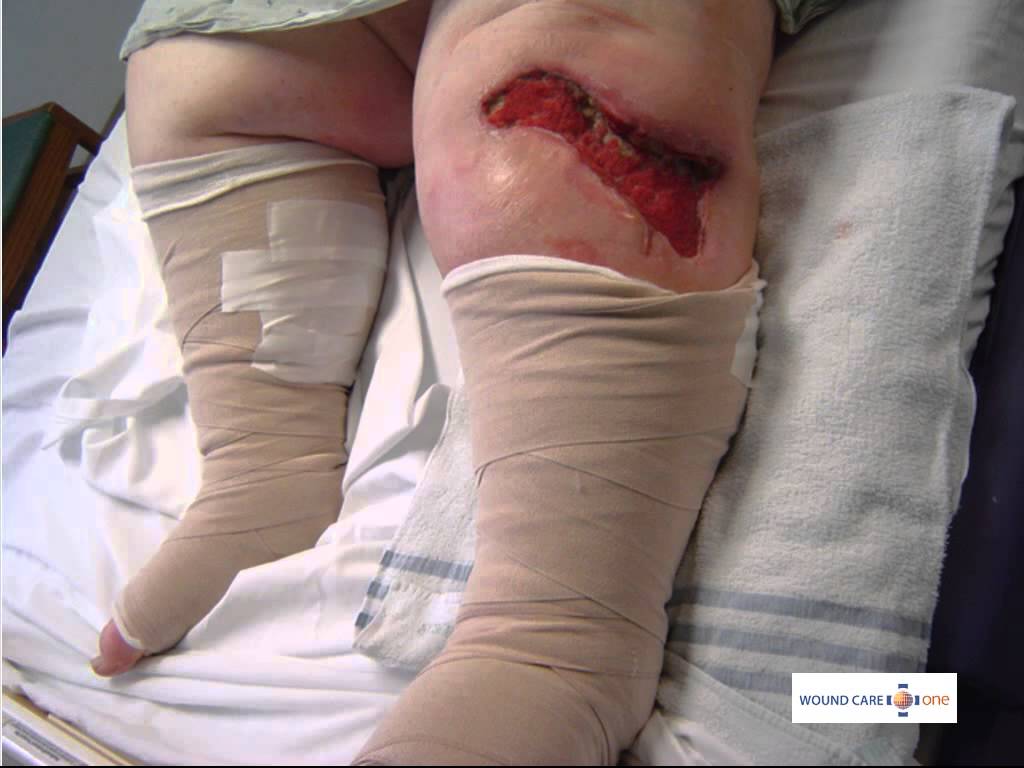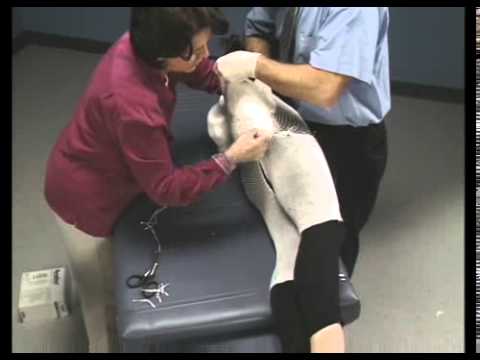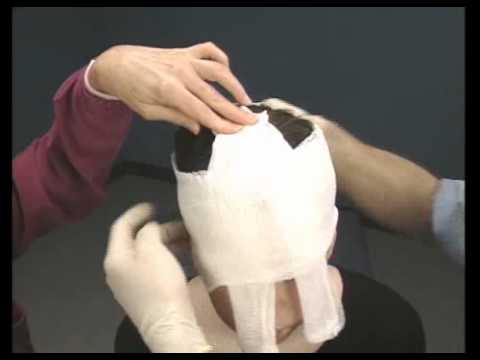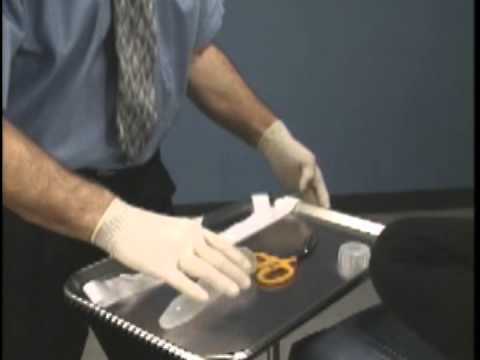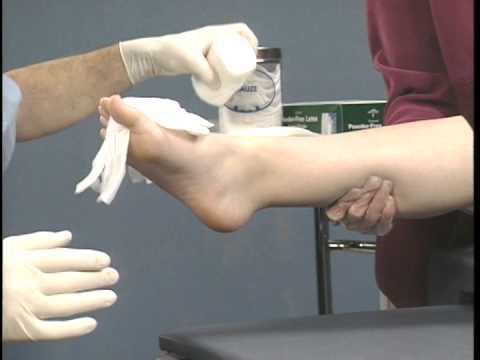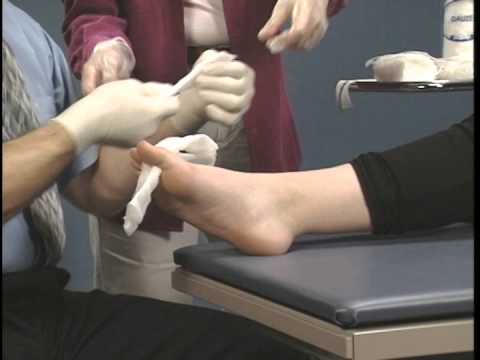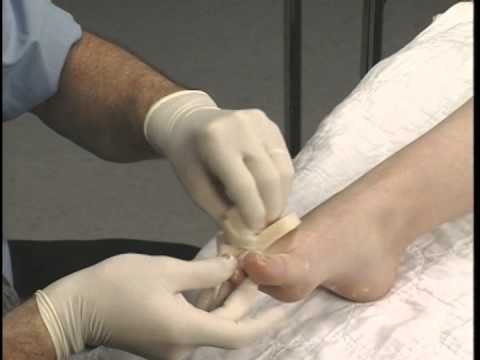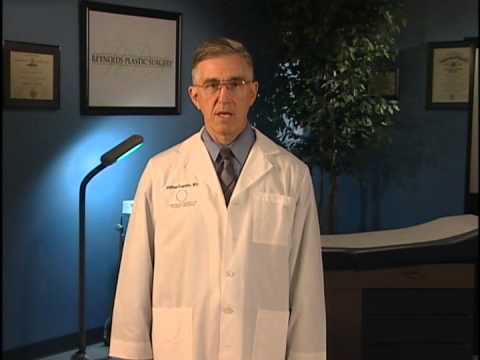Posts by Leslie Clark
Oxygen Delivery Part 1
Oxygen is essential to the wound healing process. Without it, healing cannot proceed. Chemical reactions that take place in our individual cells will stop if a wound cannot receive oxygen.
Read MoreGranulation Tissue
Granulation tissue is a type of healing tissue in which capillaries form over the surface of the wound. These capillaries bring fresh blood and nutrients to the area to promote wound contraction and eventual healing. We’ll look at examples of granulation tissue.
Read MoreSupplies
There are many different kinds of gauze, as well as supplies for securing wound dressings to the wound. We’ll discuss the different types of supplies you’ll need for wound care and where to find them.
Read MoreHip, Lower Back, and Upper Leg Dressing
We’ll demonstrate how to create securing “pair of pants” with stretch gauze and umbilical tape, in which dressing can be placed on a burn on a patient’s hip, lower back, and upper thigh.
Read MoreHead Dressing
The head is one of the most difficult parts of of the body to dress, but once you practice the proper techniques it feels much more natural. Learn the proper steps for securely dressing a head wound.
Read MoreFinger Dressing
Finger wounds can be easily dressed with the use of a large plastic syringe and gauze wrapping. Learn how to properly layer and secure the wrapping over the wrist.
Read MoreFoot Dressing (Toes Uncovered)
If the wound is located on the ankle or lower leg, then you do not need to cover the toes with your dressing. You can proceed with the wrapping without fan folding over the toes.
Read MoreFoot Dressing (Toes Covered)
Most foot wounds can be taken care of with only wrappings and gauze. In this video, you’ll learn about fan folding and how to cushion the toes to prevent pressure sores.
Read MoreCleansing The Wound
After making sure you have all the necessary equipment at hand, it is important to cleanse the wound before dressing it. The skin all around the wound must be cleansed, in addition to the open wound itself. This helps to prevent nearby bacteria from infecting the wound.
Read MoreWound Care Team
Anyone can be trained to care for a wound, from a physician, to a family member, to the patient themselves. The paradigm for wound care should be centered around anyone able to give care, not just the physician.
Read More

